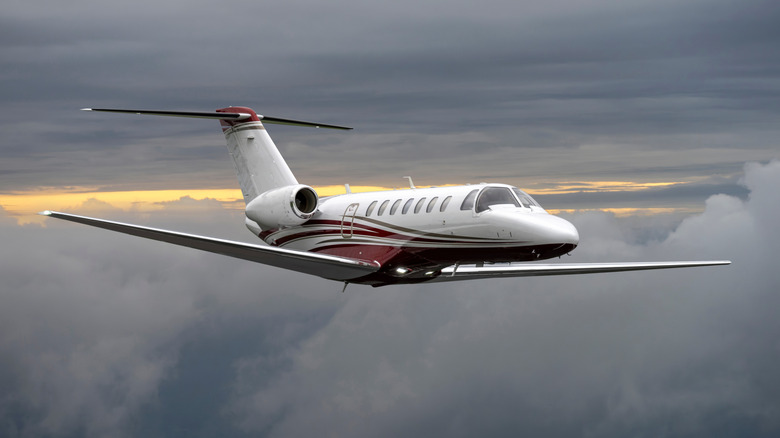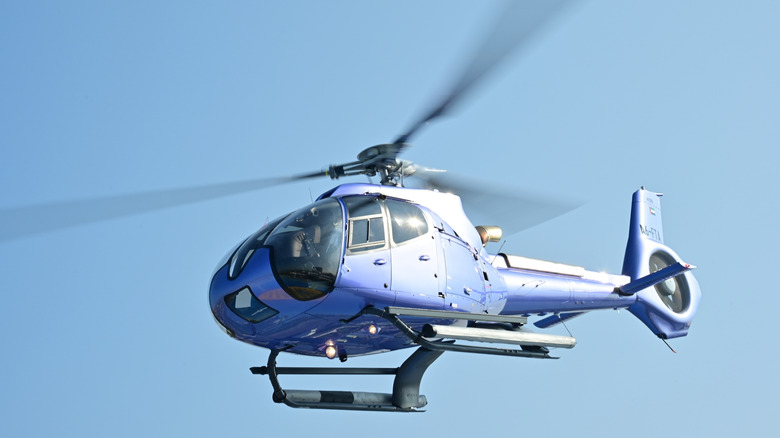Can A Private Jet Land On Grass?
Private jets are known for offering flexibility and access to airports that commercial planes can't reach. But while you might think these jets can land anywhere, not all runways are paved, especially in remote or rural areas. In those cases, the ability of a jet to land on grass becomes important.
A select few private aircraft are actually designed to land on grass, but they are the exception rather than the rule. The Pilatus PC-24 is the most notable business jet built specifically for rough-field operations. The PC-24 uses special landing gear that lets it safely take off and land on grass, gravel, dirt, and even snow-covered runways. It can operate from runways as short as about 3,000 feet, greatly expanding access to remote and less-developed airfields.
But when it comes to grass or unpaved strips, turboprops — aircraft with propellers rather than jet engines — dominate. Models like the Cessna C208 Caravan and Grand Caravan, the latter being one of the fastest single-engine planes you can fly today, are built for versatility. They're equipped with reinforced landing gear that can handle grass, dirt, and gravel surfaces, needing as little as 1,400 feet to land safely.
The Beechcraft King Air B250 is another popular turboprop, capable of operating from rough airstrips around the world with short takeoff and landing distances. The Piper Cheyenne, a twin-engine turboprop with jet-like performance, also handles unpaved runways well due to its rugged landing gear.
Other aircraft besides jets can land on grass
Beyond private jets and turboprops, there's a whole category of aircraft specially built to handle grass and other rough surfaces. These short takeoff and landing planes, or STOL aircraft, are designed to get off the ground and touch down on very short runways, often in places where bigger planes can't go. Built with powerful engines, lightweight frames, and special wing features to slow their speed for safe landings, STOL planes can even operate in tight, tricky spots surrounded by trees, hills, or uneven terrain.
Helicopters, while very different from fixed-wing airplanes, also have adaptability when it comes to landing gear and surfaces. Helicopters with skids, specifically, can land comfortably on grass, rocky ground, or other unpaved fields, making them perfect for rescue missions, farming, or anywhere a quick, flexible touchdown is needed. However, unlike those with wheels, helicopters with skids can't taxi on their own and often need ground assistance or hover close to move around on the ground.
Unconventional runways are not uncommon, as grass runways, sometimes called soft fields, are a practical, cost-effective alternative to paved landing strips. Setting up and maintaining a grass runway requires far less money and infrastructure, making them a favorite for private airfields and flying clubs. While they're ideal for light aircraft and STOL pilots, grass strips come with their own challenges. They're sensitive to weather, can be uneven or slippery after rain, and require careful upkeep to stay safe.

